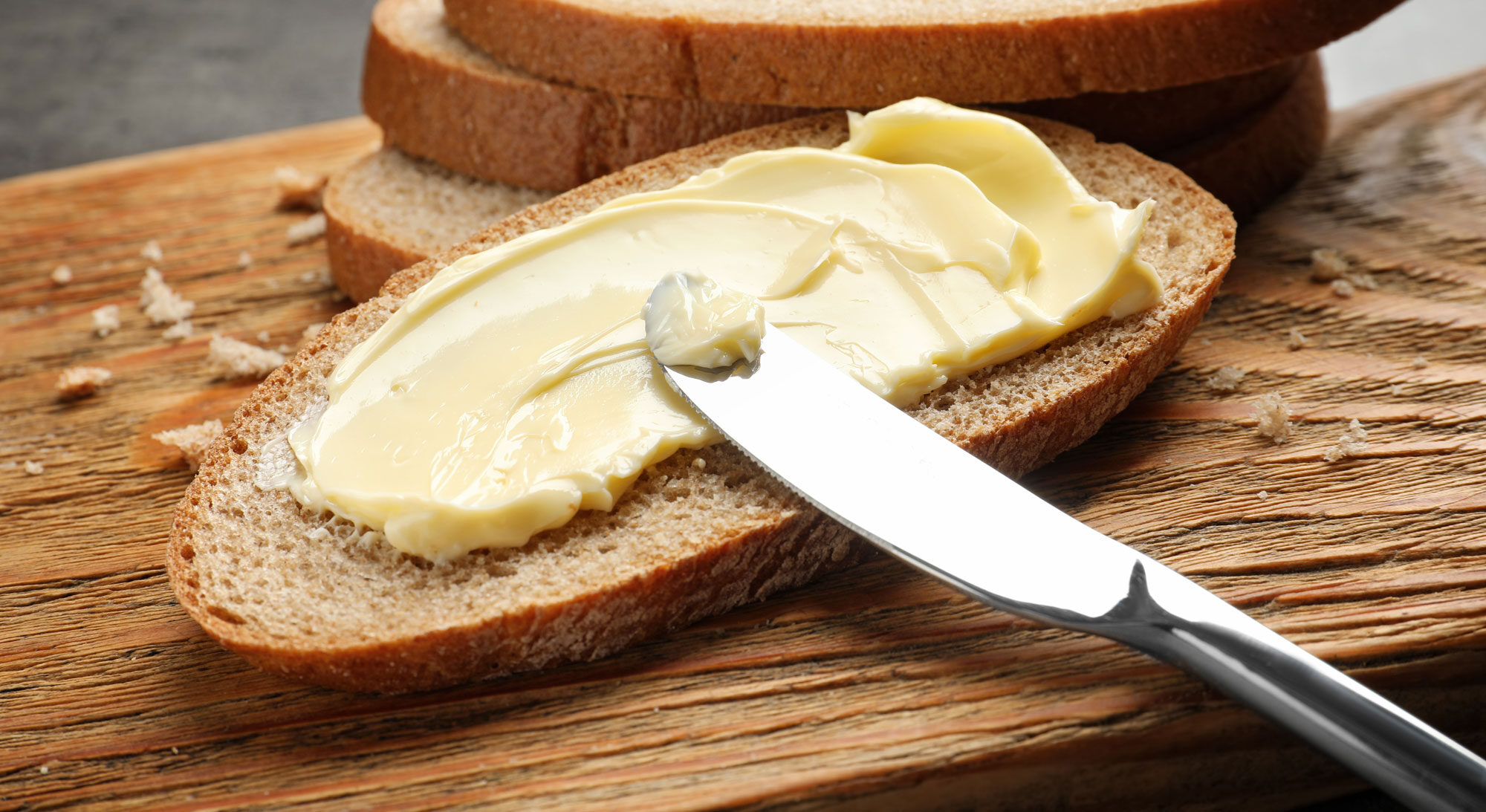This website uses cookies so that we can provide you with the best user experience possible. Cookie information is stored in your browser and performs functions such as recognising you when you return to our website and helping our team to understand which sections of the website you find most interesting and useful.

Fats and Oils: Plasticity
Fats can be spread, manipulated and shaped. Plasticity means the ability to be spread and shaped.
Some fats are easier to spread than others. Take margarine for example. It can be spread straight from the fridge, whereas butter can be much harder to spread when cold. Chocolate provides another example. When you put it in your mouth it melts on your tongue. Fats that have a high melting point are used for cooking.
What is responsible for a fat’s plasticity?
Fats are made up of triglycerides (three individual fatty acids bound together through their reaction with glycerol in a single large molecule). Triglycerides have different melting points, with some fatty acids staying solid for longer than other. This feature gives the fat its plasticity. Heating causes the triglycerides to break down into their component parts and decompose.
